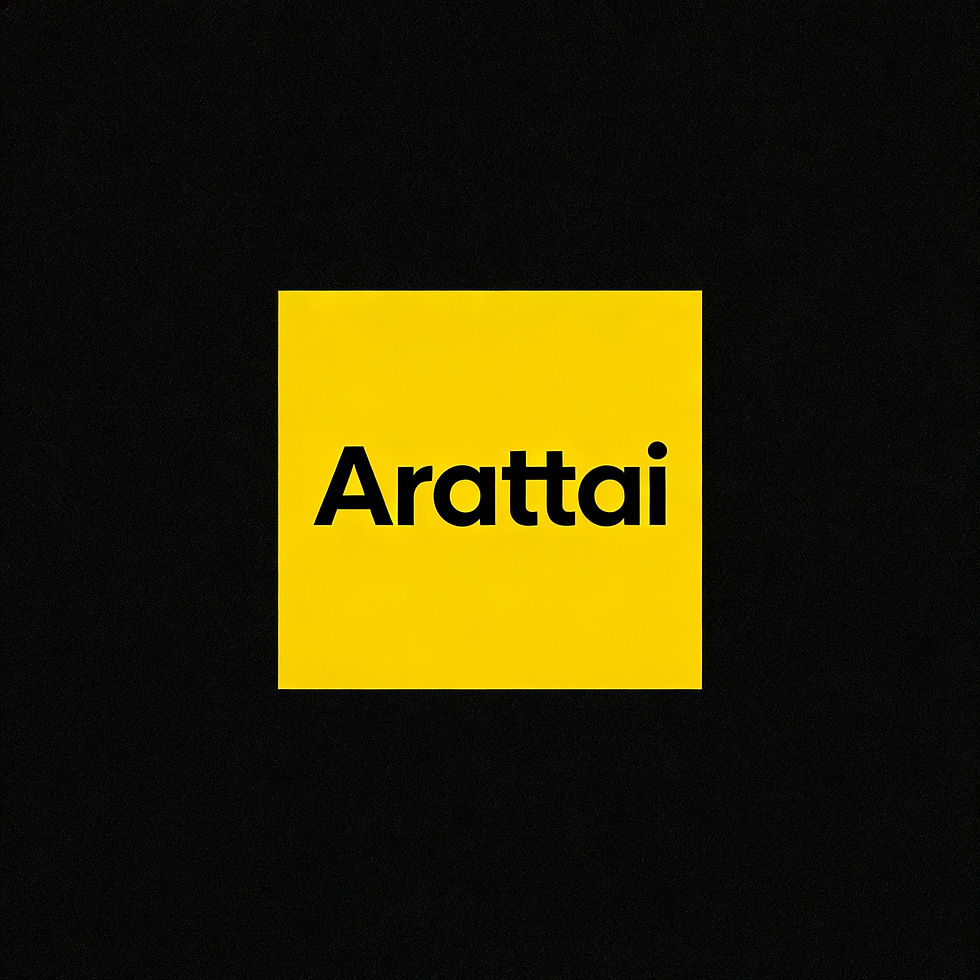Key Differences Between InDesign and QuarkXPress
- Elite Typesetting Team
- Aug 12
- 4 min read
When it comes to desktop publishing software, two names often come to mind: Adobe InDesign and QuarkXPress. Both have been around for decades and have established themselves as industry leaders in graphic design. But how do they compare when it comes to features, usability, and output quality? In this article, we will explore the key differences between these two popular design tools to help you choose the right one for your projects.
Graphic Design Software Comparison: Usability and Interface
One of the main factors to consider when choosing graphic design software is how easy it is to use. InDesign is often praised for its intuitive interface, which is especially friendly for beginners. When you first open InDesign, you are greeted with a clean layout that makes navigation straightforward. The tools are organized logically, and the learning curve is relatively gentle.
Place example image here:

On the other hand, QuarkXPress has a more complex interface that can be overwhelming for new users. While experienced designers may find its advanced features beneficial, beginners might struggle with its less intuitive layout. The menus can feel cluttered, making it difficult to find specific tools. Therefore, if you are just starting in graphic design, InDesign might be the more suitable choice.
Features and Functionality
Both InDesign and QuarkXPress offer a wide range of features, but they cater to different needs. InDesign excels in layout design, making it perfect for print media, such as magazines, brochures, and books. It provides a host of templates and presets, allowing users to create professional-quality designs quickly. Additionally, InDesign's integration with other Adobe products, such as Photoshop and Illustrator, enhances its functionality.
QuarkXPress, however, has a reputation for superior typesetting capabilities. Its advanced character options allow for more precise control over text formatting and layout. This makes QuarkXPress a great choice for projects that prioritize typography, such as newspapers and books with extensive text. If you need to create designs with an emphasis on text, QuarkXPress could be the better option.

Printing and Output Quality
When it comes to output quality, both softwares perform exceptionally well. However, there are some differences worth noting. InDesign is renowned for its print quality, particularly for high-resolution images and graphics. If you're creating media that will be printed commercially, InDesign is the industry standard. Its PDF export options are user-friendly and produce high-quality files, making it easy to share designs with printers.
QuarkXPress, while also capable of producing high-quality outputs, is sometimes seen as lagging behind InDesign in terms of print quality. However, it offers excellent color management tools that can be invaluable when preparing designs for different printing methods. If you are working in a print environment where color accuracy is crucial, you might find QuarkXPress's features beneficial.
Collaboration and Integration
In today's digital landscape, collaboration is key, especially in large teams. Adobe InDesign shines in this area due to its integration with Adobe Creative Cloud. This allows multiple users to work on different parts of a project simultaneously without any hassle. Sharing files is straightforward, and you can easily track changes and edits made by team members.
QuarkXPress also offers collaboration features, albeit with more limitations compared to InDesign. It supports various file formats, allowing for some level of integration with other design tools. However, its functionality in team environments may not be as seamless as InDesign's. If you work as part of a design team or frequently share projects with clients, InDesign might provide the better collaborative experience.

Pricing Models and Accessibility
When considering software, cost is always a factor. Adobe InDesign operates on a subscription model, which means you pay a monthly fee to access the software. While this can add up over time, it provides you with regular updates and access to new features as they become available. If you're already invested in the Adobe ecosystem, the subscription can be a sensible option.
In contrast, QuarkXPress offers a one-time purchase option. This can be appealing for users who prefer to own their software outright without the ongoing expense of a subscription. While this might seem like a cost-effective solution, keep in mind that you may have to pay for updates or new versions in the future.
In conclusion, the choice between InDesign and QuarkXPress depends largely on your specific needs. If you're seeking an easy-to-use application with excellent collaboration tools and print quality, go for InDesign. On the other hand, if typography and advanced features are your priority, QuarkXPress may be the software for you.
When considering the multitude of graphic design software options available, exploring the indesign vs quarkxpress landscape can help you make a more informed decision. In this competitive market, ensuring that your chosen tool meets your creative and functional requirements is essential for producing outstanding design work.




Comments